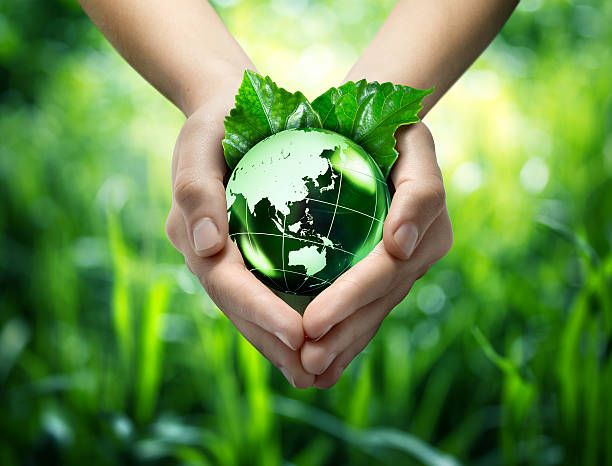The Greening of Australia

While it might be too early to write this, it is quite possible that this decade will see the great greening of Australia, the decade when all electricity production in this country is created from renewable energy.
The financial opportunities, not to mention the global imperatives, appear to be prompting industry to take the fast track in achieving this goal, given Government's at all levels are dragging their feet.
During the past two weeks, we have witnessed some important developments, driven by the action by two well-known Australian billionaires.
Firstly, Mike Cannon-Brookes, the founder of Atlassian, has joined with the international investment fund, Brookfield to make a takeover bid for the listed energy supplier AGL Energy.
While it is still early days, if successful, Cannon Brookes and his team have made a commitment if they are successful to close down AGL's coal fired power stations by 2030. This is a game changer for the industry.
Secondly, Twiggy Forest, the founder of Fortesque Metal, has made a $3 billion commitment to buy the Clarke Creek renewable energy hub, near Rockhampton in Northern Queensland.
Once in place, Clarke Creek will produce enough wind, solar and battery stored energy to generate electricity to more than 600,000 homes in Queensland as well as selling cheap electricity into the grid. The project is expect to be completed by 2024.
Twiggy Forest has already made a commitment to ensure that the giant miner Fortesque metal converts all its existing machinery including trucks, trains and ships, from diesel to hydrogen.
Clarke Creek will build on this with the first two-gigawatt output being allocated to the first stage of a electrolyser factory in Gladstone, which will be used to split hydrogen from water. When generated from renewable energy sources, hydrogen created in this way is emission free.
Coal currently accounts for some 75 per cent of Australia's electricity generation, followed by gas at 16 per cent, hydro at 5 per cent and wind at 2 per cent but this could quickly change.
South Australia has shown what can be achieved and boasted that in the final days of 2021, the state was able to generate sufficient electricity from renewable sources to cover 100 per cent of local demand.
Its the start of the great greening of Australia.
What does it mean for your investment portfolio. If nothing else, if you haven't reviewed your investments in outdated energy suppliers like AGL and coal mining companies, these developments should prompt you to do just that.
